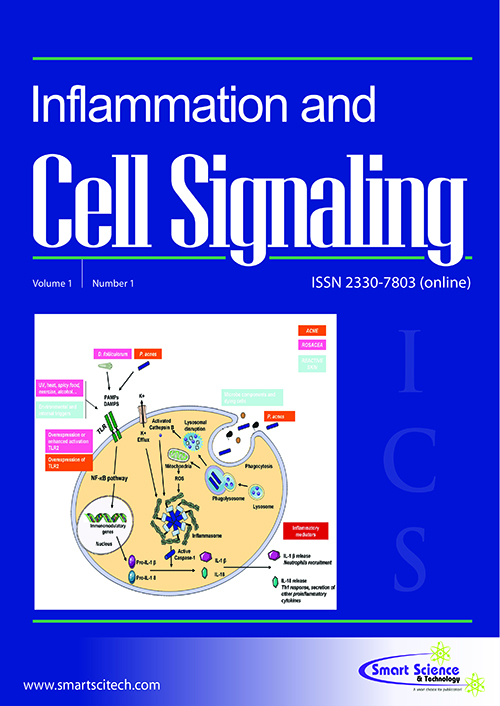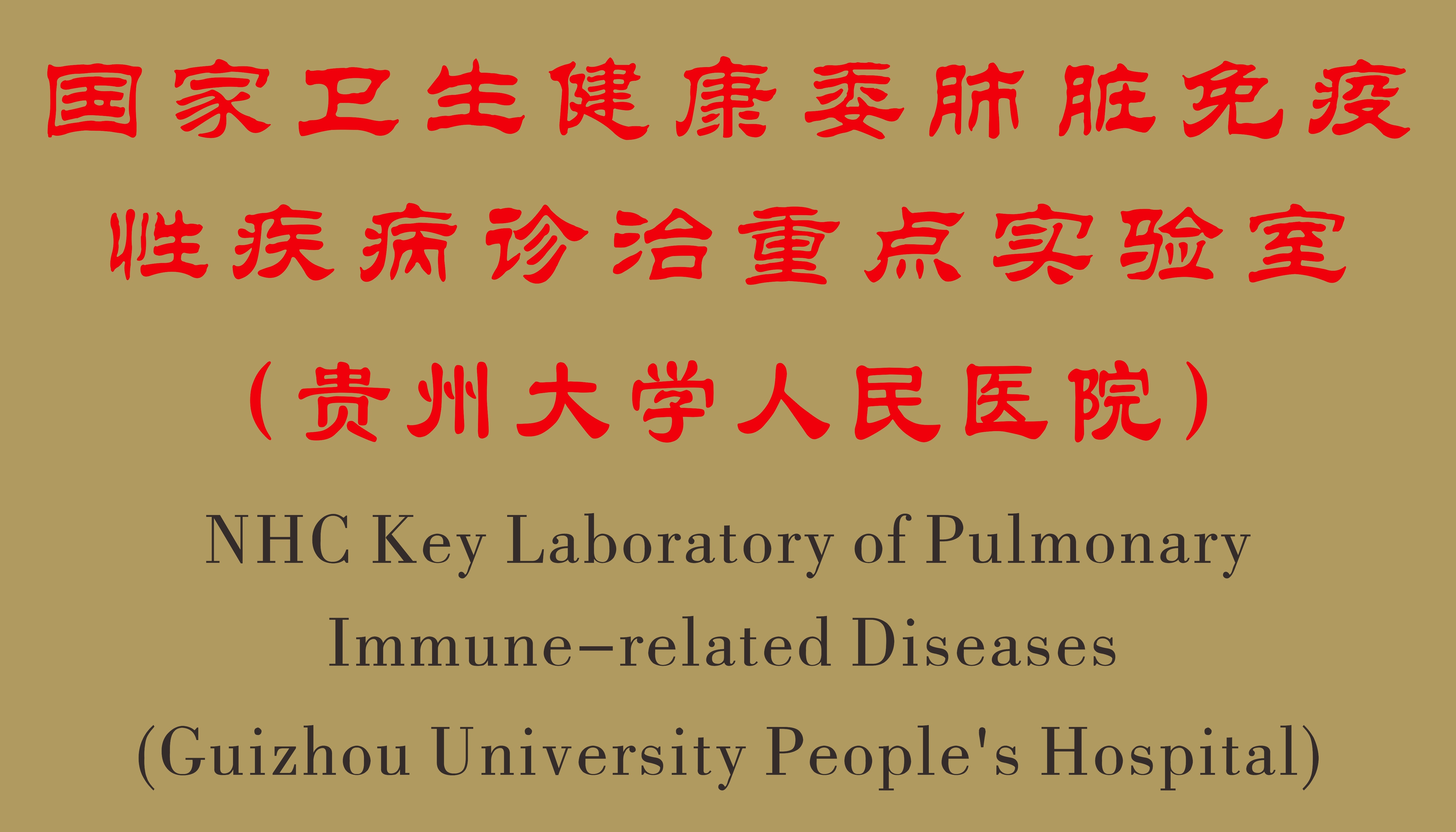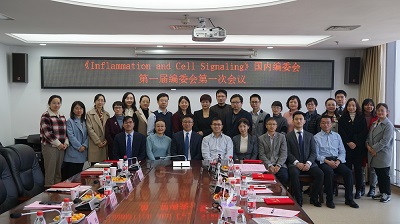Cell type-specific role of Raftlin in the regulation of endosomal TLR signaling
DOI: 10.14800/ics.1326
Abstract
Clathrin-dependent endocytic pathway is crucial for cell entry of extracellular pathogens and their components. The innate immune system utilizes this pathway to detect pathogen-associated molecular patterns (PAMPs) within endosomes. In the clathrin-mediated endocytosis, cargo selection depends on AP-2 adaptor and its accessory proteins, but the molecular mechanism of PAMP selection to be internalized is largely unknown. The endosomal Toll-like receptors (TLRs) 3, 7, 8, and 9 recognize viral or bacterial nucleic acids, as well as host-derived nucleic acids incorporated into the endosomal compartments, where type I interferon (IFN)-producing signals are arisen. In addition, lipopolysaccharide (LPS) receptor TLR4 transmits signals to produce IFN-b from endosomes after the clathrin-dependent endocytosis of LPS-TLR4. The cytosolic protein Raftlin that possesses membrane-anchoring motif mediates cellular uptake of TLR3/4 ligands in human cells through association with clathrin-AP-2 complex. Raftlin was first identified as a major raft protein in B cells that modulates B-cell or T-cell receptor-mediated signaling. In this review, we will focus on the Raftlin function in innate immunity and discuss the molecular mechanisms of cellular uptake and delivery of TLR ligands.














